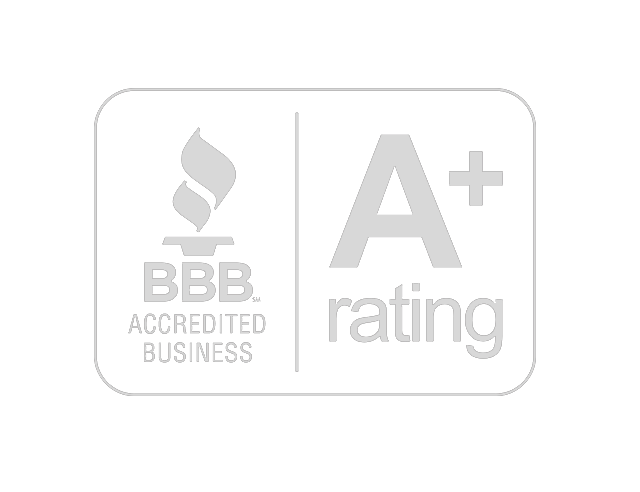- Loans & Financing
-
-
-
Let’s See If We Match
Apply now to see how much working capital your business may qualify for in just a few minutes.
All you need to qualify is:
- 1 year in business
- $10k+ in monthly revenue
- 625 FICO Score
All of our products
Line of Credit
Get more with a line of credit, financing up to $5,000,000
Equipment financing
Finance your equipment today approved as fast as 2 hours.
Term Loans
Term loans made fast & easy, personalized for your needs.
-
-
-
- Loans & Financing
- Why CapitalGurus®
- Careers
- Blog
- Contacts
Let’s Win Together
Do you want to apply as an affiliate?
- 1. Submit your information
- 2. Wait for approval
- 3. Start winning with us


